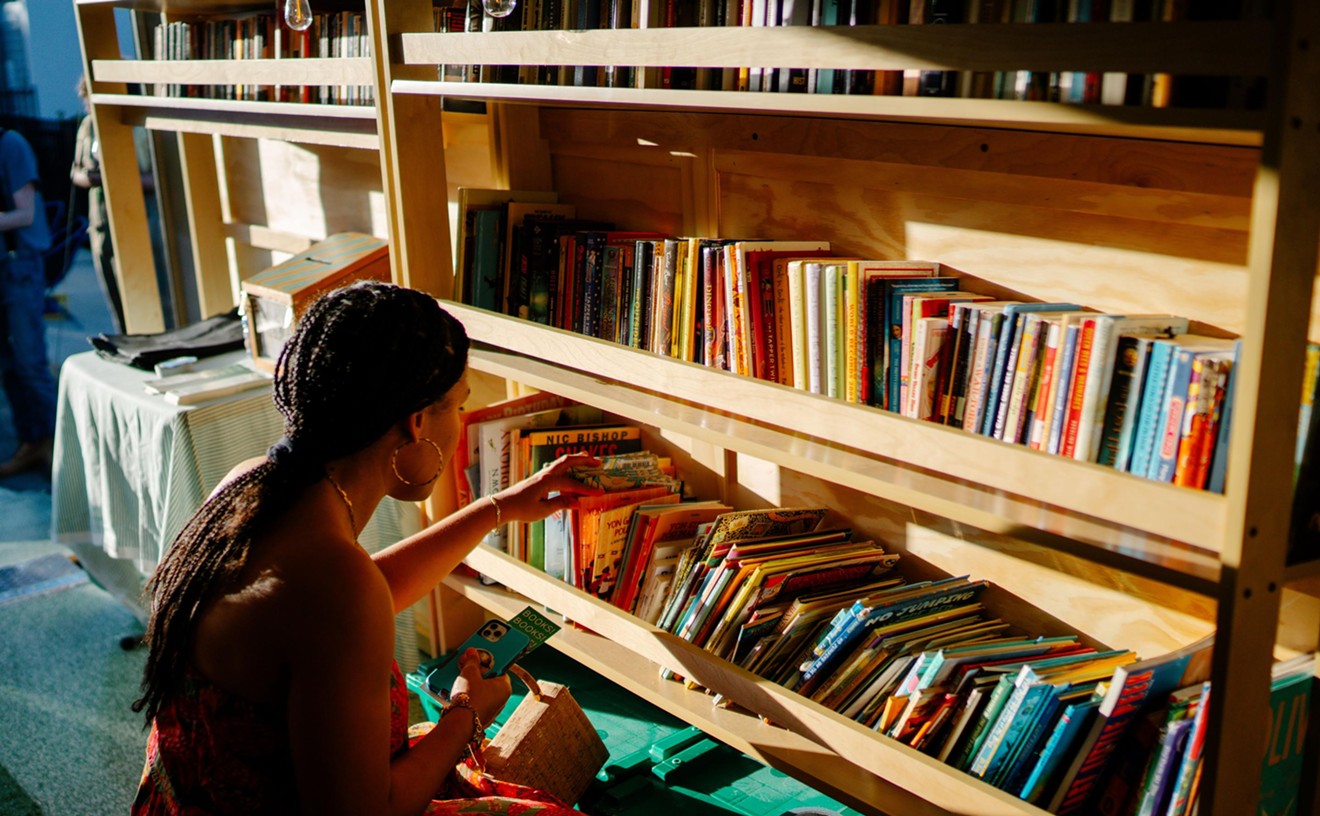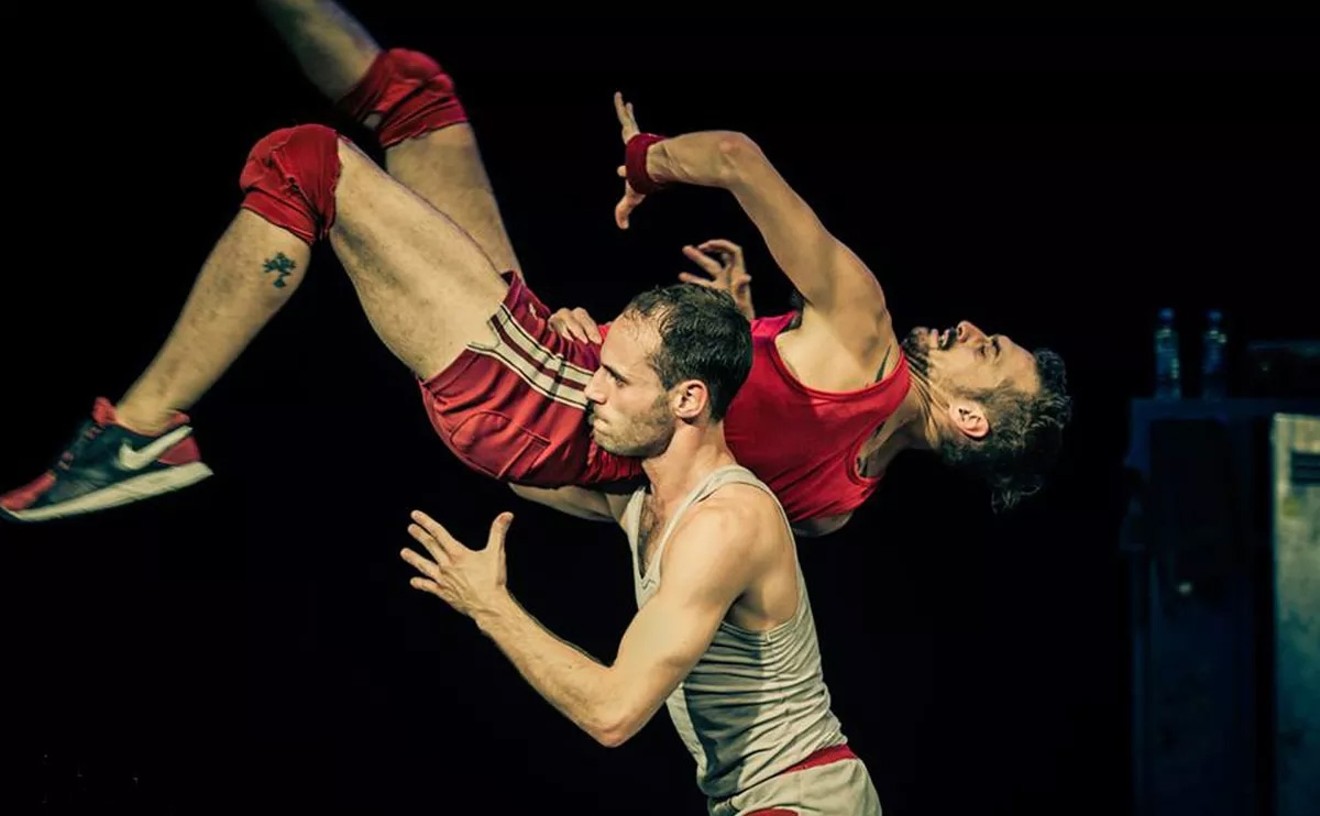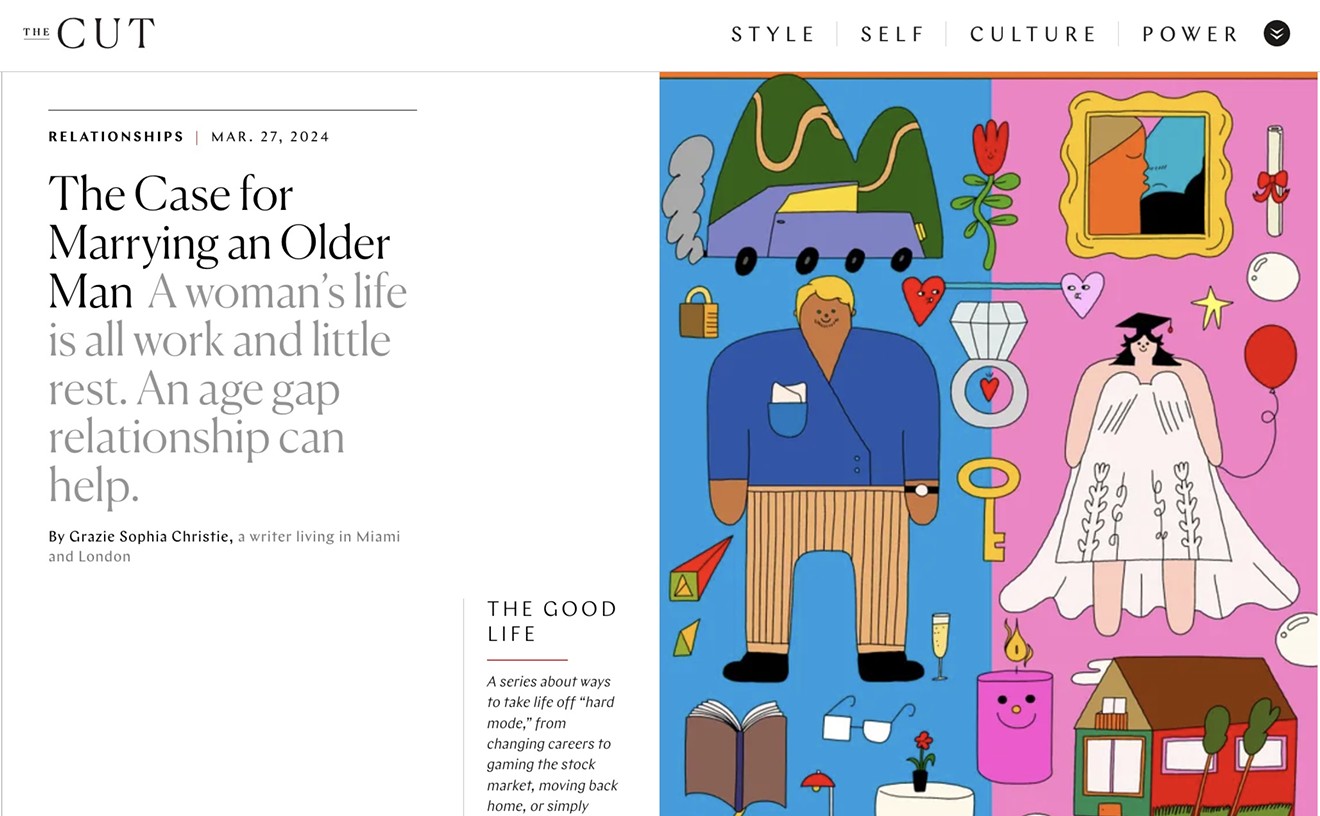A suggestion: We in the Magic City should celebrate Cuba's day of
10. Jorge M. Pérez
Regarded as the Donald Trump of the tropics, Jorge Pérez can be credited with the rise of Miami's iconic skyline. Born in Argentina to Cuban parents, Pérez studied in Michigan before getting his start as an economic development director for the City of Miami and then later amassing a fortune as a creator of low-income properties through his real-estate firm, the Related Companies. Since then, he has become one of the most prolific high-rise builders in the world, often having more than 50 buildings under construction at once. Pérez's namesake museum, Peréz Art Museum Miami, was made possible thanks to his $30 million
9. Elían Gonzalez
Few locals can forget the Elián González saga of
8. Emilio and Gloria Estefan
She was the daughter of a military hero. He was working for a rum company and making music in his spare time. Their meeting – at her grandmother's urging – spawned a revolution in Latin music, catapulting the couple to their current throne. Creating a legacy of musical and entrepreneurial success, Gloria and Emilio Estefan are the definition of the Cuban Miami success story. Their band, the Miami Sound Machine, toured across the globe. Their music set the foundation for Miami nightlife and radio waves. Gloria eventually went solo, and Emilio became her producer, allowing the starlet to shine and earn a number of Grammys. In our city, the Estefans are nothing short of royalty. They own a number of brands, including Larios Cuban restaurants, Bongos Cuban Café, Botran rum, and a stake in the Miami Dolphins. They're active philanthropists, advocating for causes such as Save the Children and the Miami Project. They've both been awarded the Congressional Medal of Honor, the highest award that can be given to a naturalized U.S. citizen.
7. Celia Cruz
The grande dame of salsa, Celia Cruz, is one of the most infamous entertainers in Latin music. If you grew up in Miami, chances are her seminal songs are often ringing in your ears. Although Cruz didn't spend the majority of her life in Miami, her body was laid to rest at Miami's Freedom Tower — a symbol of her influence on the Cuban exile community. The singer was born in 1925 in a poor neighborhood in Havana. She
6. Carlos Alfonzo
A prolific figure in 1980s Miami Beach — an era when drugs and crime ran rampant in a once-glamorous tourist destination — artist Carlos Alfonzo devoted his short life to painting and sculpture along the streets near Ocean Drive. He came to Miami on the infamous Mariel Boatlift, when he spent two months in detention before finally being allowed to enter the States. Alfonzo got to work developing his craft and making a name for himself across North America. His career was short-lived — he died only days before he was to exhibit at the Whitney Biennial. His untimely death at the age of 40 due to complications from AIDS cut his artistic production short. But today, Alfonzo's work is revered as a vital piece of contemporary art in Miami.
5. Armando Pérez Roura
Armando Pérez Roura got his start in radio at the young age of 15 in his native Matanzas, where he was a journalist and radio host at Radio Reloj. After fleeing the island in 1962, it wasn't long before he returned to his calling. In the 1980s, he founded Radio Mambí in an effort to spew news and commentary that would topple Castro's regime. Known as a hard-line Cuban exile, Roura made waves across the Cuban community and eventually impressed the larger Hispanic media as well. Purchased and then powered by Univision, Radio Mambí became one of the foremost anti-communist radio stations in Miami. Infamously, Pérez Roura refused to retire until his goal was complete, but he finally did so in June 2015 at the ripe old age of 87.
4. Xavier Suarez
Xavier Suarez emigrated from his native Cuba when he was just 12 years old and lived mostly in the Northeast, where he attended Villanova University and earned his law degree from Harvard. At the age of 26, he made his way to the Magic City, and less than 20 years later, he would make history. In 1985, Suarez was elected Miami's first Cuban-born mayor — a sign that Miami's own Cuban revolution was in full swing. He was elected for three terms before stepping down in 1993, then ran for office and was elected again in 1997. He quickly became one of the city's most polarizing political figures, gaining notoriety for walking right into the chaos during the 1989 Overtown riots. Later, he constructed more than 1,500 affordable homes in Miami, earning him the title of "Pothole Mayor." Suarez also came to be referred to as "Mayor Loco" after visiting the home of a disgruntled voter, who put a .38-caliber pistol in the mayor's face.
3. Felipe Valls
Miami is filled with eateries serving plátanos
2. Jorge Mas Canosa
Jorge Mas Canosa was one of the first Cuban
1. Fidel Castro
We're not into praising or celebrating the ruthless dictator himself, but you have to admit – if it were not for Fidel Castro, Miami might have never become the destination it is today. Old-timer Cubans will tell you that most people were tricked into supporting the future dictator's revolution, finding that his motives were dubious just a little too late. Castro was cunning enough to know that his revolution depended on public cooperation, so in the 1960s, he slowly began letting the Cuban population leak out of the island, permitting all dissidents to flee to the United States. Most settled in Miami, and the once-sleepy retirement city just 90 miles north of Havana began taking shape. Today Miami is one of the most important coastal cities in the United States., in part thanks to the millions of Cubans (especially numbers 10 through 2 on this list) who migrated to its shores over the past 50 years.
Follow Nicole on Twitter.










